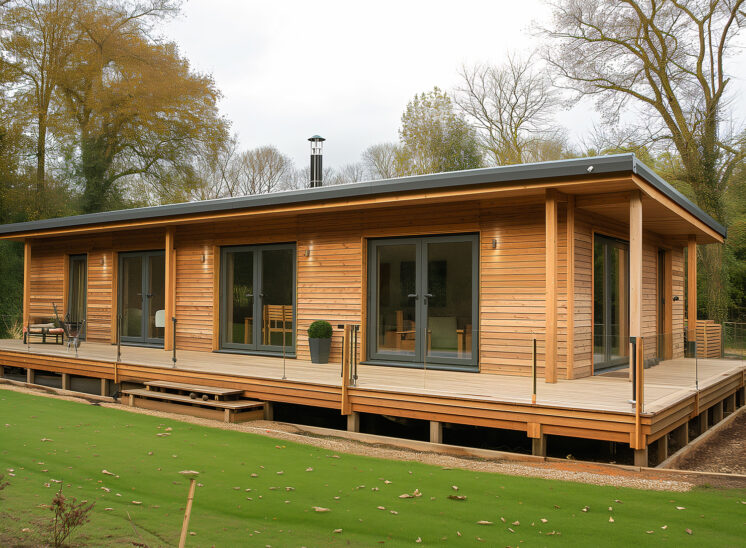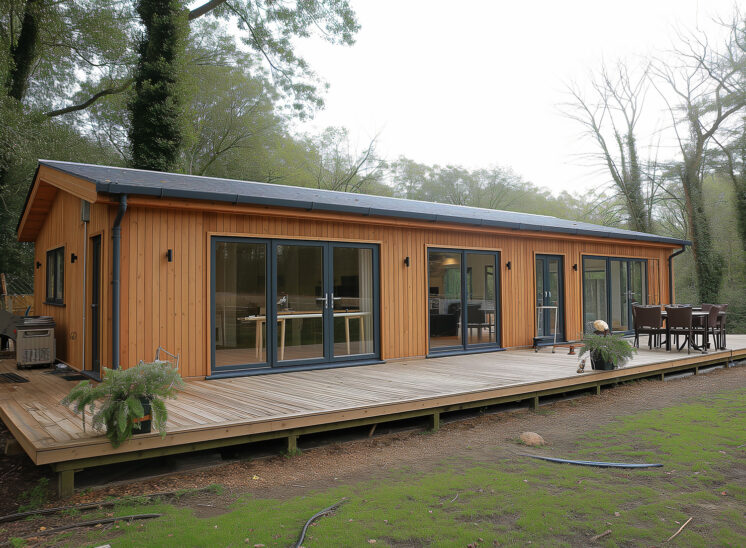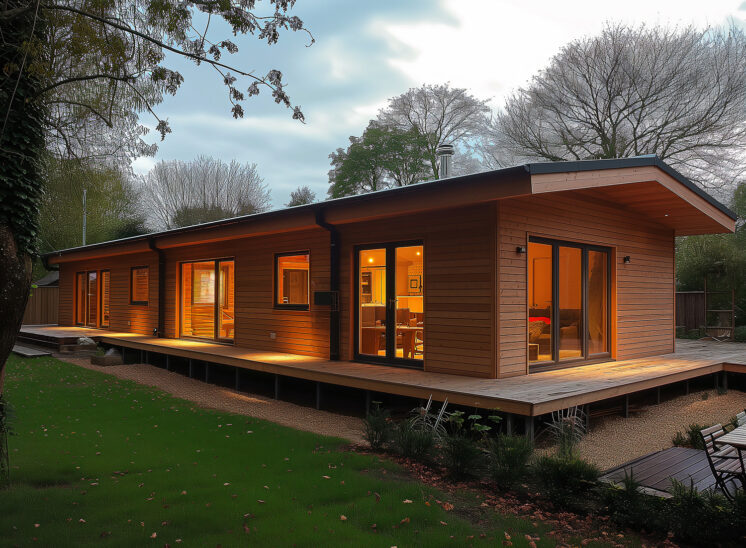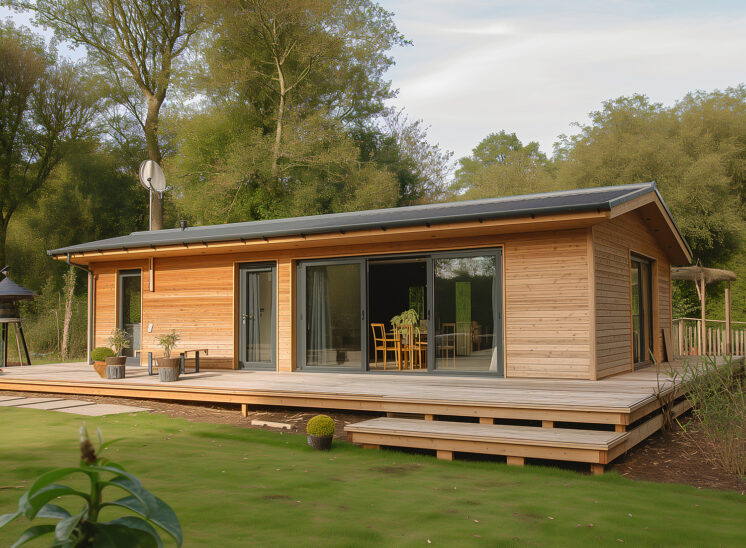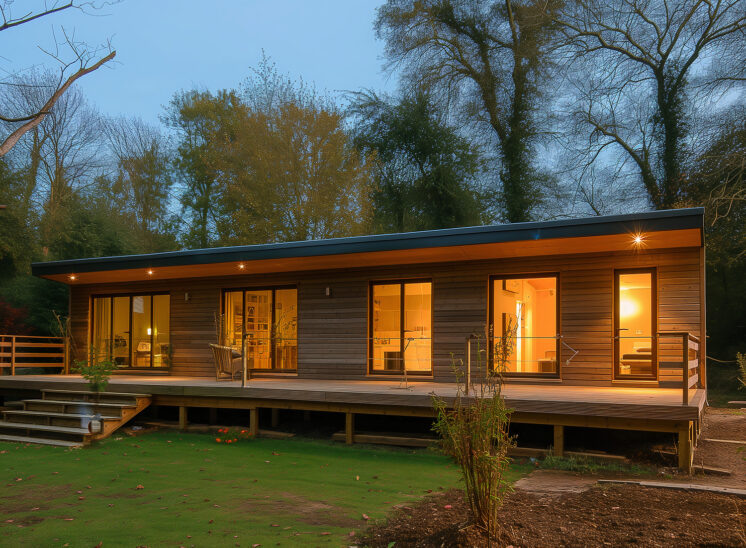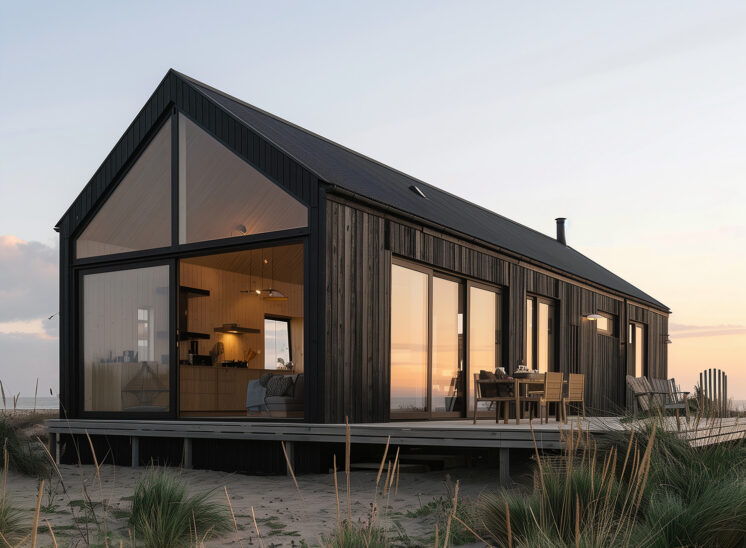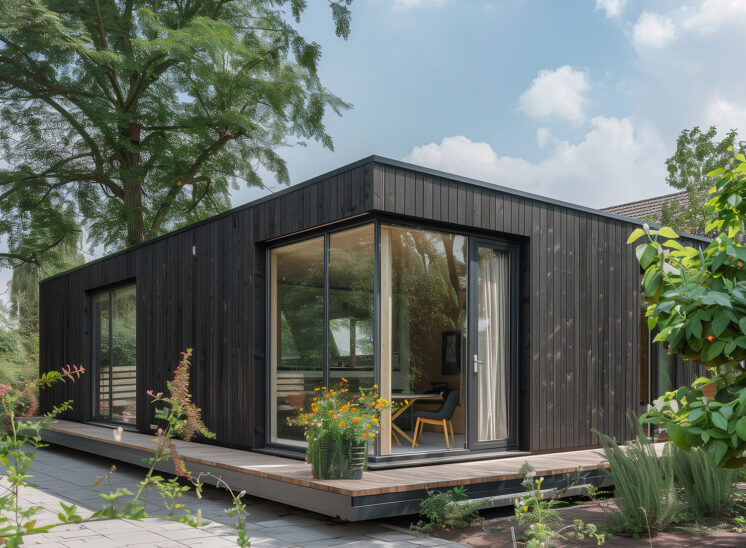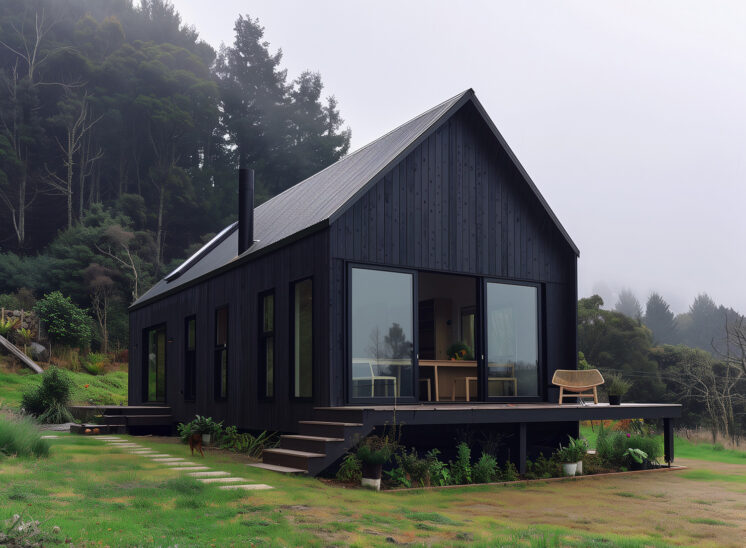
The Benefits of Living in a Static Caravan During a Self-Build Project
Building your own home offers a unique opportunity to create a living space tailored to your exact needs and desires. Self-build projects, while rewarding, come with their own set of challenges, particularly when it comes to accommodation during the construction phase. One increasingly popular solution is living in a static caravan on-site. This approach, showcased on television programmes like Grand Designs, provides numerous advantages over traditional rental properties.
Disadvantages of Renting a Property
Opting to rent a property during your self-build can lead to several issues:
•No Asset Value: Unlike owning a mobile home, renting offers no return on your investment. The rent you pay does not contribute towards an asset you can sell or retain.
•Risk of Homelessness: Rental contracts can be abruptly ended by landlords, especially if your build project overruns, leaving you without a home.
•Higher Long-Term Costs: Over time, the cost of renting can surpass the value retained by owning a mobile home, which holds some of its value over time.
•Dependency on Landlords: You are dependent on landlords for repairs and maintenance, which may not always be timely.
•Potential Overlapping Costs: If your new home is completed before your rental contract ends, you may end up paying for accommodation you no longer need.
Advantages of Living in a Static Caravan
Choosing to live in a static caravan on-site during your build offers numerous practical and financial benefits:
•Site Security and Convenience: Your presence on-site enhances security and allows you to supervise construction closely, ensuring decisions are made quickly and effectively.
•Time and Cost Efficiency: Living on-site eliminates the need for commuting, allowing you to dedicate more time to your project and reducing stress.
•Direct Involvement: Being close to the build ensures that you are always informed about the progress, leading to better decision-making and fewer delays.
•Asset Value: After completing your build, you can sell the mobile home, potentially at a profit, making it a financially savvy choice.
•Customisation and Comfort: Unlike a rental, you can personalise your mobile home to your tastes, and modern static caravans come equipped with excellent insulation, double glazing, and gas central heating, ensuring year-round comfort.
Not only is living in a static caravan ideal for new builds, but it is also an excellent solution during renovations. Rather than living amidst the dust and noise of a building site, you can retire to a comfortable, quiet space at the end of each day, making the renovation process much more bearable.
The Benefits of Living in a Static Caravan During a Self-Build Project: A Comprehensive Guide
Introduction
Building your own home is a dream for many, offering the chance to create a bespoke living space tailored to your specific needs and tastes. However, one of the significant challenges during a self-build project is deciding where to live while construction is underway. Renting a property is a common solution, but it comes with several disadvantages. An increasingly popular alternative is living in a static caravan on-site, which offers numerous practical and financial benefits.
The Downsides of Renting During a Self-Build
Renting a property while building your home may seem like a straightforward solution, but it has several drawbacks:
•No Return on Investment: Rent payments contribute nothing towards an asset, leaving you with no return on the significant sums of money spent on accommodation during the build.
•Risk of Eviction: Rental contracts can end unexpectedly, particularly if your self-build project overruns, potentially leaving you without a place to live.
•High Long-Term Costs: The cumulative cost of rent over time can exceed the value you would retain by investing in a mobile home, which can be sold after the build is complete.
•Dependence on Landlords: Tenants are at the mercy of landlords for repairs and maintenance, which can be delayed or inadequate.
•Potential Double Payments: If your new home is ready before your rental contract ends, you may be paying for a property you no longer need.
Advantages of Living in a Static Caravan on Site
Opting to live in a static caravan on-site during your self-build offers several key benefits:
•Enhanced Site Security and Convenience: Being on-site allows you to monitor the build closely, making it easier to ensure progress stays on track and that the site remains secure.
•Significant Time and Cost Savings: Eliminating the need to commute to the build site saves time and reduces stress, allowing you to focus more on the project.
•Increased Project Involvement: Living on-site keeps you constantly informed of the project’s progress, enabling quicker decisions and reducing delays.
•Asset Value: Unlike rent, purchasing a static caravan gives you an asset that can be sold after the project is complete, potentially even at a profit.
•Customisation and Comfort: Modern static caravans offer all the comforts of home, including excellent insulation, double glazing, and gas central heating. You can customise the interior to suit your tastes, creating a comfortable and personal living space.
Living in a Static Caravan During Renovations
Even if you’re not building from scratch, living in a static caravan can be beneficial during major renovations. It allows you to avoid the dust, noise, and inconvenience of living in a building site. Instead, you can enjoy a peaceful retreat each evening, making the renovation process much more bearable.
Living in a static caravan during a self-build or renovation project is a practical, cost-effective solution that offers numerous benefits. From financial savings to increased project involvement and site security, it’s an option worth considering for anyone embarking on a self-build journey. Not only does it provide a comfortable living space during the build, but it also leaves you with a valuable asset at the end of the project.
